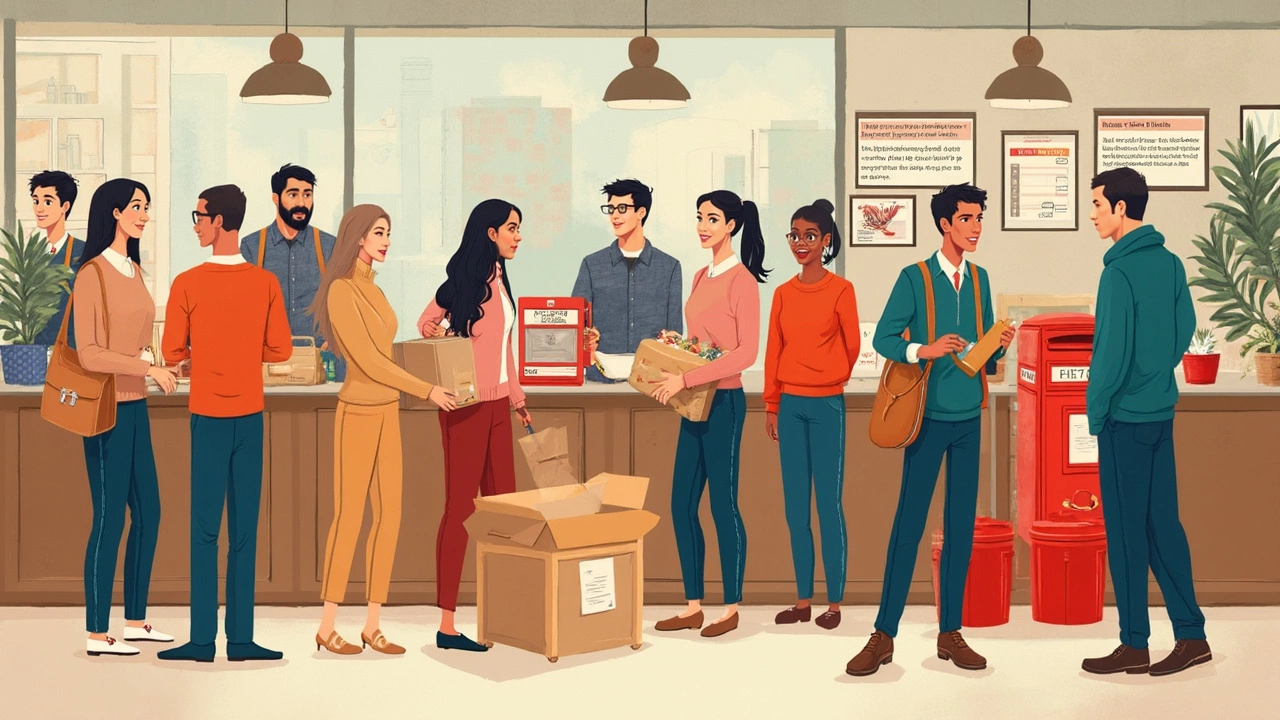Restrictions: Shipping Limits, Rules & How to Dodge Delays
Ever wonder why a package gets held up or why a courier refuses to take it? Most of the time it’s a simple restriction you missed. From size caps to hazardous‑material rules, the details matter. Below we break down the most common limits and show you easy ways to stay on the right side of the rules.
Common Shipping Restrictions
First up, size and weight. Most carriers set a maximum for each dimension – usually around 108 inches combined length plus girth. If a box exceeds that, expect higher fees or a complete refusal. Weight caps vary: USPS stops at 70 lb for most services, while UPS and FedEx push up to 150 lb for ground shipments.
Next, content rules. Items like lithium batteries, flammable liquids, or sharp objects need special labeling or are outright banned on certain services. Even “harmless” things like paint cans can trigger a hold if not packed correctly. Check each carrier’s prohibited‑items list before you load the box.
Address restrictions are another hidden snag. Some services don’t deliver to PO boxes, military APO addresses, or remote areas without extra surcharges. For example, DHL Express offers worldwide coverage but may require a local pickup if the destination is a rural settlement.
International shipments bring extra layers: customs duties, export controls, and country‑specific bans. Shipping a candle to the Middle East? You’ll need a material safety data sheet and may have to pay a customs fee. Ignoring these can cause your parcel to sit at the border for days.
How to Avoid Hassles
Start with the carrier’s calculator. Plug in dimensions, weight, and destination – the tool will instantly flag any restrictions and show the best service level. It saves you a call later.
Package smart. Use a sturdy box a bit larger than the item, add bubble wrap, and seal with quality tape. This not only protects the product but also keeps the package within accepted weight limits.
Label clearly. Write the full address, include a phone number, and attach any required hazard symbols. A clear label speeds up sorting and reduces the chance of a mis‑delivery.
If you’re sending large items like pallets, consider USPS freight or a dedicated freight carrier. USPS does accept pallets under certain size and weight limits, but you’ll need a special rate and a freight bill of lading.
Finally, keep a checklist. Before you ship, verify: size, weight, content legality, address type, and any extra paperwork. A quick scan prevents the dreaded “package rejected” email.
By staying aware of these restrictions and following a few simple steps, you’ll keep your shipments moving smoothly. No more surprise delays, no extra fees, just a hassle‑free delivery experience every time.
Not everything can be tossed in a box and shipped by courier. This guide breaks down what you can safely and legally send, from everyday stuff to those weird things people always ask about. It also covers the trickier bits, like what's totally off-limits and why. You'll pick up practical tips for packing and learn what to expect at the courier counter. Sending packages shouldn’t be confusing—this article clears up the mystery.
Jun, 16 2025
